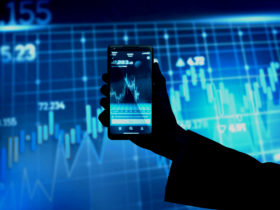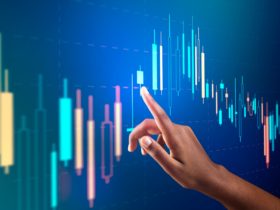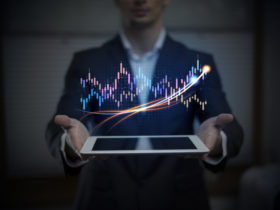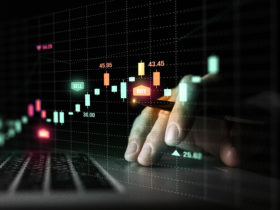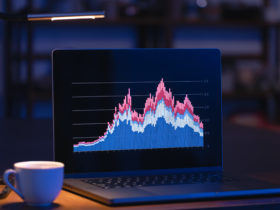A cyclical stock are those stocks which follow the overall economy and these stocks rise during an expansion of the economy and decline during a contraction of the economy.
Cyclical stock tend to gain in value when production and consumption are high, unemployment is low, a country’s economic condition is strong as well as business and consumer confidence are high. When consumers have more disposable income, they tend do more discretionary spending in travel, entertainment, auto, luxury retail sectors, home appliances manufacturer, etc., due to which companies in these industries tend to do well and their respective stock prices advance.
The share price of cyclical stocks are generally volatile as they depend on the performance of the economy, but it is likely to give higher return compared to market average returns, if the right stock is picked and the transactions is correctly timed.
A country’s economy does well when there is enough economic activity and the GDP (Gross Domestic Product) of the country rises. Normally, to spur economic activity, a government focusses on spending in the infrastructure sector. Consequently, companies in steel, cement, construction, real estate, infrastructure, capital goods, etc. are likely to have strong earnings during the period and their respective stock prices gain.
This brings us to knowing various economic cycles which are discussed in the next section.
Identifying different stages of economic cycles
If an investors is interested in tracking cyclical stocks, then he/she must be aware of the economic cycle as cyclical stocks mirror the economy. Any country’s economy goes through different stages of economic cycles — expansion, peak, recession, depression, trough and recovery which are important to know.
In the expansion stage of the economic cycle, most of the economic indicators such employment, wages, salaries, production, profits, demand and supply are positive. Bank credit expands, money supply is high and the is timely payment of debt with very less bad loans. There is increase in capital expenditure and investment by companies and government.
In the next stage — peak — economic growth attains a threshold and there is slow down in the growth rate. Consequently, the growth plateaus and indicates a reversal in the trend of economic growth. Consumers tend to become wary of spending and consuming as well as restructure their budgets at this stage.
In the recession stage, demand for goods and services starts declining rapidly. Generally, as a common rule, two consecutive quarters of negative gross domestic product (GDP) growth is known as recession. Salary, wages, industrial production, retails sales, etc. decline.
Depression stage is not as common as a recession. However, economic depression is severe than a recession and in a depression stage, there is prolonged downturn in economic activity that lasts for a couple of years. In this stage, unemployment rate shoots up to double digit, high layoffs, demand for consumer goods collapses, no investments in the private sector, increase in default rates, extremely low purchasing power, factories are forced to stop production and shut down.
The next stage is trough, which indicates the lowest saturation point in an economic cycle and precedes recovery. A trough stage indicates the end of period of declining economic downturn and the transition to a recovery stage. Sometimes, when unemployment in a country’s economy declines from more than 5% to less than 5%, then the trough stage is likely to have happened.
Finally, we have the recovery stage, where there a turnaround in the economy. The economy slowly shows a positive growth rate instead of a negative growth rate. Demand starts to pick up as price are low and supply begins to increase. Businesses and consumer confidence improves from negative sentiments and banks slowly increases their lending.

